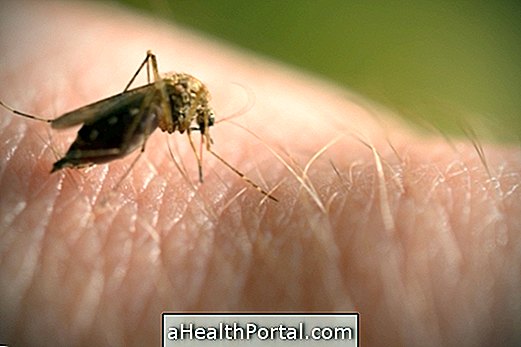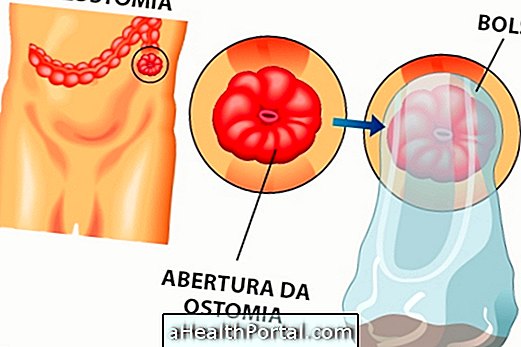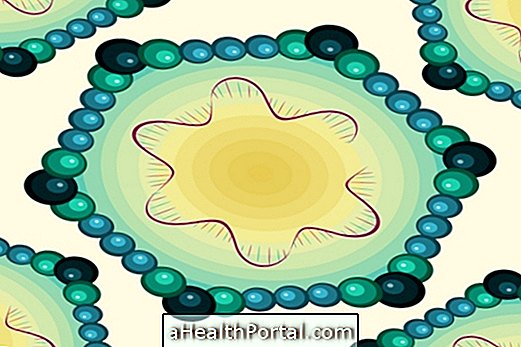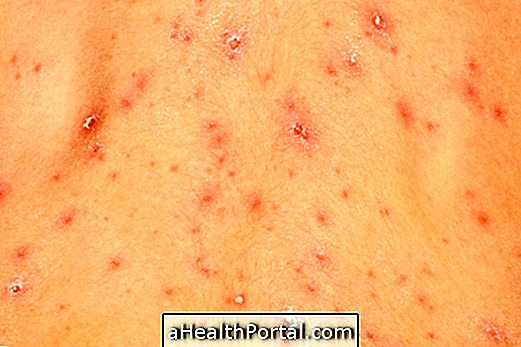Each type of discharge may indicate a different situation, ranging from the physiological secretion of the woman to more severe inflammation, however, most of the time the discharge indicates the presence of some vaginal infection. Therefore, treatment is usually done with antibiotic or antifungal medicines such as Metronidazole, Clindamycin, Miconazole or Fluconazole, for example in cream, ointment or tablet.
These remedies should be indicated by the gynecologist, and if the woman notices that there is a vaginal discharge, she should make an appointment to identify which is the microorganism that is causing this symptom and indicate the most appropriate remedy.
The discharge is the increase of the vaginal flow, which can appear with different characteristics, such as with transparent, white, yellow, green or brown colorations, besides having more fluid or pasty consistencies, having varied odors and being accompanied by other symptoms such as itching and pain. Understand better what each color of vaginal discharge means.
In general, the most common vaginal discharge can be treated as follows:
| Type of discharge | Medicines |
Yellowish discharge, with foul smell similar to rotten fish, with burning when urinating and intensifying smell after intimate contact.
| Metronidazole 500 mg 12 / 12h oral use, for 7 consecutive days; Metronidazole gel 0.75%, intravaginal use, for 5 nights; Clindamycin cream 2% intravaginal use, for 7 nights. |
White discharge, similar to milk curd, with or without odor, intense itching and burning when urinating.
| Clotrimazole cream 2%, intravaginal use for 7-14 nights; Nystatin cream, intravaginal use for 14 nights; Fluconazole 150mg oral use, single dose. |
Grayish, abundant, frothy, smelly, or greenish-yellowish discharge .
| Metronidazole 2g oral use, single dose; Tinidazole 2g oral use, single dose; Secnidazole 2g oral use, single dose. |
Yellowish-green discharge with bad smell, bleeding and burning when urinating and in intimate contact.
| Ciprofloxacin 500mg oral use in a single dose; Ceftriaxone 1g, intramuscular use, single dose. |
These medications can only be prescribed by the doctor, and will only be sold at the pharmacy with the respective prescription. It is important for the woman to describe her symptoms and to be examined by the gynecologist to make the diagnosis. Most often, the doctor is able to identify the causative agent of the discharge only by the symptoms, but to confirm the diagnosis, he may ask for a more specific examination.
In addition, it is important to remember that treatment may vary in pregnancy, since some medications are contraindicated in this period. Check out the main causes and ways of treating discharge in pregnancy.

Home Remedies Options
Home remedies should not replace your doctor's advice, however, and can be used in conjunction with medicines to speed healing and decrease symptoms, as well as being a good option to prevent infections.
Some options include:
- Make a seat bath with guava leaf tea, 2 times a day, useful for fighting trichomoniasis and Candidiasis discharge;
- Wash the intimate region with sweet-berry tea with guava, drying with a clean, soft cloth for 1 week;
- Invest in a natural diet, based on fruits, vegetables and vegetables, avoiding to the maximum the consumption of industrialized foods.
Check out these recipes and how to do the home treatment in home remedy for vaginal discharge.


























